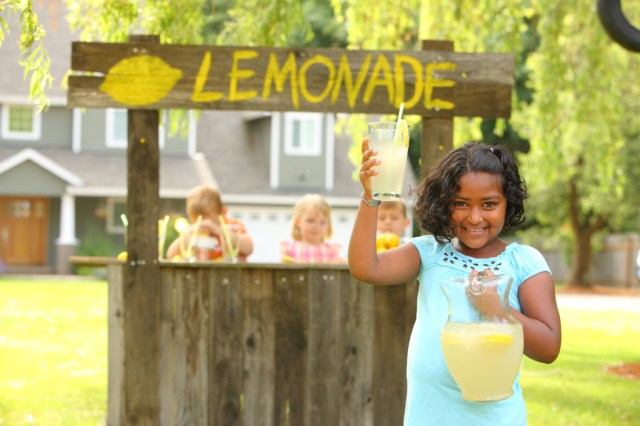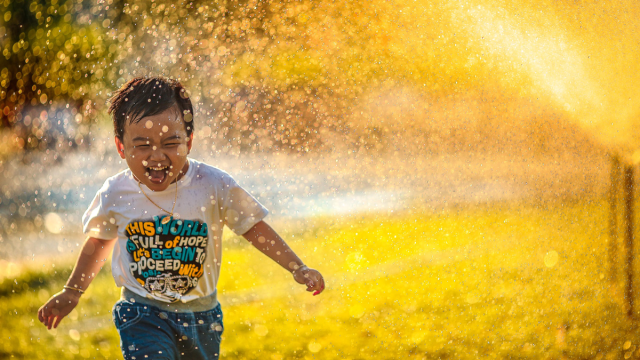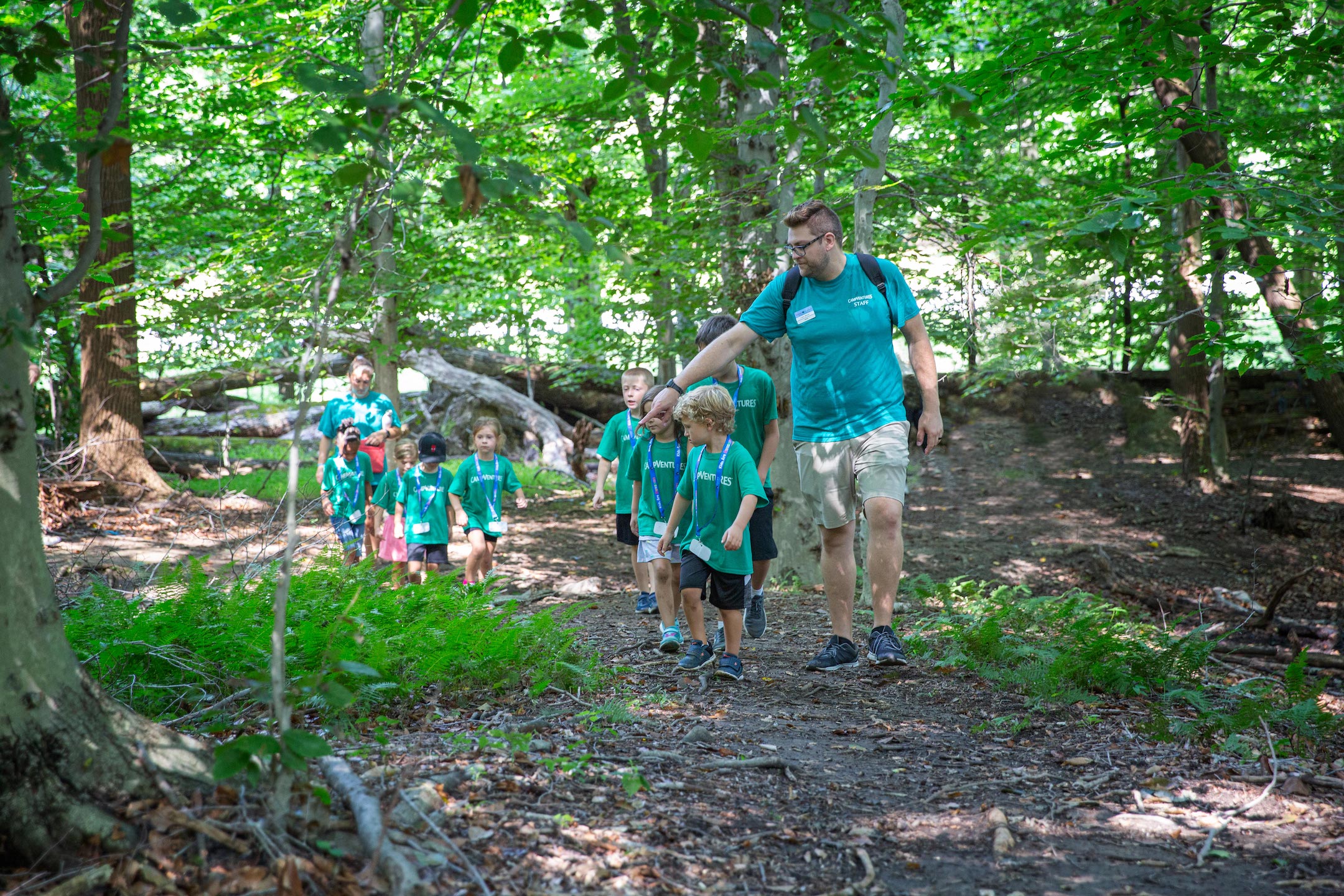Sharenting may have long-term effects on kids long after the pictures are posted
In 2023, most children have a digital footprint before they are even born. While sharing images online can be a way to show your child’s milestones with distant relatives and friends, especially in light of the pandemic and travel plans being halted, there’s a difference between sharing and oversharing. The “Sharenting” (parents oversharing on social media) trend is still on the rise but many parents are starting to reconsider where and how often they share images of their kids online.
So, what should you think about before posting pics of your kiddos on social media? Experts have weighed in on everything from personal privacy to online safety; keep reading to find out what they had to say.
Click here to save this list on Pinterest.
Think Twice Before Posting Embarrassing Photos
While you might think your toddler having a tantrum or your tween misbehaving is so hilarious that you have to share it on social media, putting anything online leaves a permanent trail that will follow your kids for the rest of their lives. "Not only is this kind of oversharing disrespectful to your child, but you should also consider how these types of images or videos will be perceived by others, and the impact it could have on your kid when he/she is older," says parenting expert and author of Peaceful Parent, Happy Kids, Dr. Laura Markham. If it's on the internet, as well as the possibility of humiliating them later in life, there's a chance it could be seen by school bullies, college admissions officers, and future employers. Next time, ask yourself how you would feel if it was you in the photo instead.
Consider the Message You Are Giving Your Kids
As parents, we are constantly telling our kids about the risks of using social media and teaching them about online safety. But, we then ignore our own advice when posting photos of them. "It's our job to teach and model online literacy and safety," says Dr. Markham. "When children grow up routinely seeing photos of themselves online, they think it's the norm. We're inadvertently teaching them that they have no privacy and no control over their online image."
Related: “Sharenting” Could Have Damaging Effects on Your Kids

Be Mindful of Giving Away Personal Information
According to a UK study by Parent Zone and Nominet, the average parents share almost 1,500 photos of their kids online before their 5th birthday. Many parents announce the birth of their babies all over social media, while some go one step further and hashtag their kids' names or even set up Instagram accounts for their little darlings before they can even talk. While it's kinda cute, all someone needs is a name, date of birth, and address, which they can get using a geotagged photo, and this can put youngsters at risk of identity theft and digital kidnapping: when someone uses photos and details of someone else's kids and pretends they are their own. According to a national internet safety expert, Katie Greer, if your kids are searchable, anyone can find out anything about them. "To maximize the online safety of your child, limit the information you share about them," she says.
Avoid Posting Photos of Your Kids in the Nude
That photo of your little angels in the bath, running around the yard in the nude, or even in their underwear might be adorable to you, but once you post it, you no longer have control over it, and anyone can do what they want with it. "There is a chance this kind of photo could end up in unintended hands. Even using seemingly harmless hashtags like #pottytraining or #bathtime can also attract the attention of the wrong people," says Katie Greer. "Your kids' online safety is paramount, so to keep things simple, keep their clothes on."

Be Wary of Revealing Locations and Routines
It's surprisingly easy to track people using the information you can get from photos posted online. To protect your kids from potentially being discovered by child predators, Justin Lavelle, a leading expert on online safety and scam prevention and Chief Communications Officer with beenverified.com recommends turning off geotagging and location services and never posting details about where you live, including your address. "Avoid tagging the locations of places you and/or your children may be at frequently and crop out backgrounds with recognizable landmarks. First day of school? Take a picture at home with them in their new backpack, not in front of the school building with the name clearly visible," he says. "Do not advertise their routines and wait a few days before posting photos of birthday trips or visits to the park."
Get Permission to Post
While some might argue that parents have every right to post family photos, kids don't ask for such public childhoods. While babies and toddlers generally have no say in what mom or dad posts, tweens, teens, and even younger kids often feel their parents share too much about them online without their consent. Take Gwyneth Paltrow's daughter, Apple, who, after seeing that her mother had posted a selfie of the two of them without her permission, reportedly called her out in the comments. "While you might think it's your right to post what you want on social media when you ask kids, many don't want photos of them to be put online," says Dr. Laura Markham. "Our children have a right to decide what is posted about them and deserve not to have their privacy violated by us. It's important to get their approval first."
Related: New Study Sheds Light On Sharenting

Beware of the Backlash
When you're posting photos of your kids online, especially in the public domain for all to see, it's important to consider what the people who see the photos might think. They might not like it for all sorts of reasons and will be happy to tell you exactly how they feel. This can be very hurtful. There are many instances where people have been attacked for oversharing on social media. In 2019, Pink appeared on The Ellen Show and explained why she had stopped sharing photos of her kids after getting comments attacking her for posting a photo of one of her kids without a diaper.
Pay Attention to Your Privacy Settings
If you're going to post photos on social media, then check your privacy settings regularly. According to the Child Rescue Coalition, 89 percent of parents haven't checked their privacy settings in over a year. Facebook, Instagram, and other social media apps all have different settings. Without realizing it, you may be sharing your photos with the general public, aka strangers. Also bear in mind that the friends and family you share your photos with may have different privacy settings, which means they could potentially share your photos too. "Public posting means anyone, anywhere can see it," says Lavelle. "Keep your posts private, set your profiles to private, and make sure your posts are only visible to a custom audience of friends and family."

Consider the Bigger Picture
No one knows what happens with all the photos once they have been posted on social media. Take Facebook (which also owns Instagram and Whatsapp), which has been all over the news recently due to data breaches and their handling of personal information. Do you want these big corporations to have access to all sorts of data on your kids that you inadvertently supply? "While it's wonderful that technology allows us to be connected with family and friends around the world using social media and other photo-sharing apps, there is so much we don’t know," says Lavelle. "It comes down to common sense, smart-decision making, and being careful what you post."
Be Present in the Moment
When your child is performing in a show or playing in a match, of course, you want to capture every proud moment on camera so you can share it with family, friends (and maybe the whole world.) We've all done it. But your kids see you with your phone in front of your face instead of watching them, and you won't be able to focus on what they're doing. Next time, put your phone away, watch, and be proud. Your kiddos will love that they have your undivided attention, and you will be able to enjoy the experience much more.
Related: Dear Moms “Oversharing” On Social Media: I See You

Consider Private Social Networks
As mainstream platforms like Facebook and Instagram come under fire, private social apps like the one we offer through TinyBeans are gaining ground for their privacy and security features. Our app offers parents a private space to share photos, milestones, and other moments with their children among family and friends in a private social network.






























